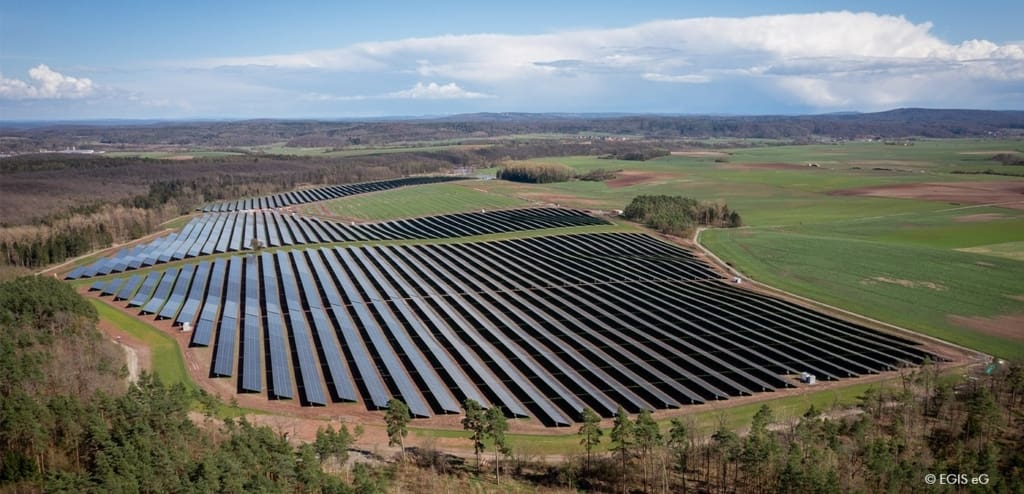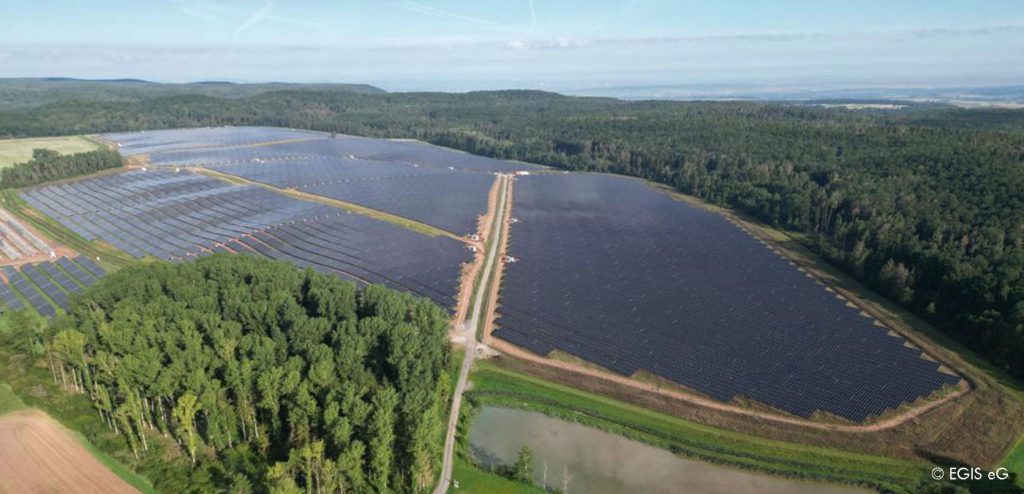The Most Important Solar Statistics of 2013

Add these numbers together and what do you get? Another big year for solar PV.
This year was the first time someone could use the words “solar” and “mainstream” in the same sentence and be taken seriously.
It’s still too early to call solar PV a truly mainstream energy technology, but as GTM Research VP Shayle Kann recently pointed out, it’s getting close. And there a lot of factors to consider other than how it stacks up in today’s generation mix compared to legacy resources.
We’ve compiled a list of some of the best solar statistics of 2013 that demonstrate how far the technology has come — as well as how far it still needs to go.
4 minutes
In 2006, U.S. solar installers were putting up a system every 80 minutes. This year, according to GTM Research, they installed a system every four minutes. By 2016, there could be a solar PV system deployed in America every 80 seconds.
100 gigawatts
In 2011, the global solar industry had 50 gigawatts of capacity installed. By the end of 2012, it had surpassed 100 gigawatts — with more regions outside Europe becoming increasingly important. By the end of 2015, global solar capacity is expected to reach more than 200 gigawatts.
2.5 years
The 100-gigawatt number was an important benchmark for solar. It took nearly 40 years to get 50 gigawatts in the ground and on rooftops. But in just 2.5 years, two-thirds of all solar PV projects were built worldwide. The same goes for distributed (non-utility) solar projects in the U.S., where two-thirds of all capacity has been deployed since 2011.
10 gigawatts
With 930 megawatts of installations in the third quarter of 2013, America has already surpassed 10 gigawatts of cumulative capacity — joining a small club of four countries that have reached the milestone. And for the first time in fifteen years, the U.S. will likely install more solar PV than Germany when 2013 comes to a close.
51 percent
The solar market is still dependent on state-level subsidy programs. However, California is witnessing a significant change as it phases out solar incentives for residential projects. According to GTM Research, 51 percent of residential PV systems were installed with no help from the California Solar Initiative — a trend that GTM’s Shayle Kann calls “the beginning of a monumental shift in solar in the U.S.”
$0.70 per kilowatt
Although reliance on state subsidy programs may be starting to ease, net metering is still the backbone of solar promotion in the U.S. This year brought a number of key fights over net metering, as utilities worried that solar customers aren’t paying the full cost of maintaining the grid. This fall, the Arizona Corporation Commission agreed to a compromise in order to preserve net metering, charging solar owners $0.70 per kilowatt a month. Industry onlookers are now wondering if this will set a precedent for other states.
$0.36 per watt
Since 2010, top Chinese firms dropped multicrystalline solar module costs by 54 percent. And according to GTM Research Senior Analyst Shyam Mehta, leading Chinese manufacturers are on a path to producing solar modules for $0.36 per watt by 2017. But rather than rely on price crashes for materials as they did in the past, Chinese firms will increasingly need to focus on refining technologies and automating plants to reduce labor costs.
59 percent
Twice this year, Germany’s wind and solar installations provided 59 percent of power in the middle of the day, while also providing more than a third of generation throughout the entire day. On one occasion in October, solar peaked at 20.5 gigawatts of capacity and wind reached 16.6 gigawatts, with both providing more than 436 gigawatt-hours of electricity. That forced 23 gigawatts of conventional power plants to ramp down. And as GTM Editor Eric Wesoff pointed out, the grid did not explode.
One-third
That’s how much Germany’s second-biggest utility, RWE, has lost in value over the last three years, according to The Economist. With renewables taking center stage in Germany, they are creating steep drops in wholesale prices and forcing large fossil fuel plants to sit idle. Rather than sit on its hands, RWE has finally embraced this new reality, announcing this fall that it would become “a project enabler and operator, and a system integrator of renewables” based on a “prosumer” business model.
64 percent
The non-hardware costs of a residential solar installation now account for nearly two-thirds of the total system cost, according to new data from the National Renewable Energy Laboratory. That’s up from 50 percent in 2011. Those costs include labor, supply chain logistics, permitting and customer acquisition.
$1 billion
If the U.S. solar industry is going to hit the 362,000 installations in 2016 forecast by GTM Research, it will spend more than $1 billion to get the customer leads needed. That amounts to $0.49 per watt, or about 10 percent of the total cost of an installation. In order to address this expense, which is growing more important as technology costs improve, leading solar companies are developing new project management tools, crafting new sales strategies and buying up lead generation companies. As a result, GTM Research’s Nicole Litvak sees customer acquisition as one of the most innovative areas of solar in the U.S.
25 percent
According to the National Renewable Energy Laboratory, only one-quarter of residential and commercial rooftops in America are suitable for solar. That creates a big opportunity for crowdsourced and community solar, two models that are gaining traction in the country. Clean Energy Collective, a Colorado-based community solar developer, suggests that shared solar could more than triple customer access to PV in the U.S. But with only 50 megawatts of community and crowdsourced solar installed, it will take a lot of regulatory and policy change to unlock that market potential.
This article was first published on December 17, 2013 at Greentechmedia.




Feel free to contribute!